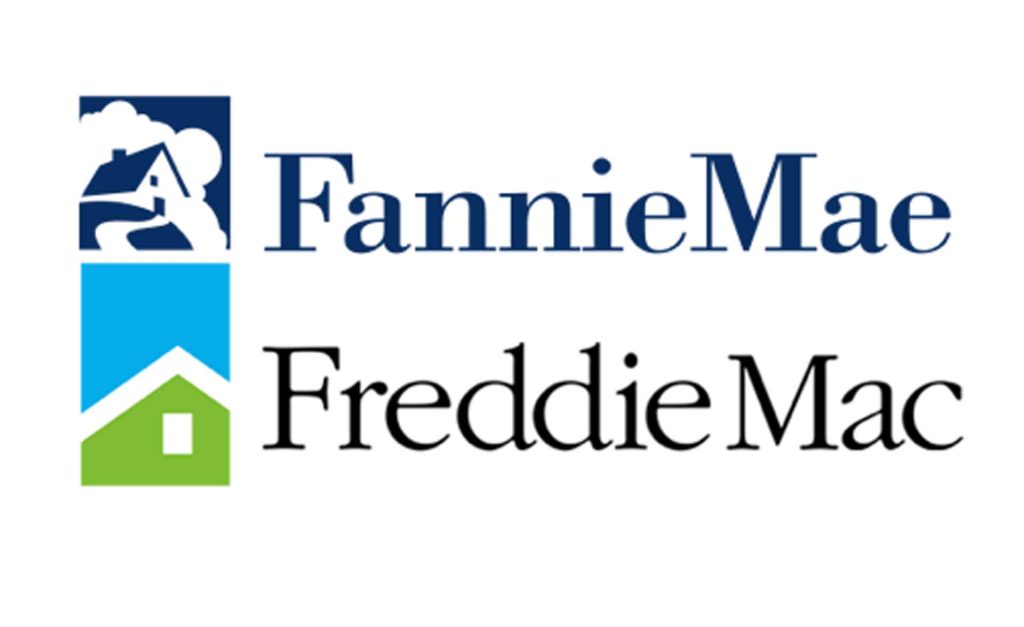In America’s ongoing effort to reform housing finance, we seem to be steering toward a familiar—and dangerous—fork in the road. Once again, political leaders are signaling their intent to release Fannie Mae and Freddie Mac from government conservatorship. And once again, we’re being asked to believe that the government can both privatize the profits of these mortgage giants and maintain effective oversight. History, however, offers a stern warning: we’ve seen how this movie ends.
Former President Trump recently took to social media to announce, “I am working on TAKING THESE AMAZING COMPANIES PUBLIC,” referring to the government-sponsored enterprises (GSEs) Fannie and Freddie. He added, “The U.S. Government will keep its implicit GUARANTEES, and I will stay strong in my position on overseeing them as President.” That reassurance sent their stock prices soaring. But beneath the surface, the implications are far more troubling than celebratory.
Déjà Vu: Government Guarantee, Private Risk
For investors, Trump’s message was crystal clear: the backstop is back—and this time, it’s not just implicit, it’s openly endorsed. But for taxpayers and financial watchdogs, the revival of this guarantee revives a decades-old dilemma: how do you stop GSEs from taking on excessive risk when they know Uncle Sam will always be there to bail them out?
The last time we ignored this question, it ended in catastrophe. In the run-up to the 2008 housing crisis, Fannie and Freddie exploited their quasi-government status to borrow cheaply and recklessly. They loaded up on subprime and no-doc loans, falsely comforted by the idea that home prices would only rise. When the market crashed, the losses were massive. Subprime borrowers defaulted en masse. The GSEs went into a death spiral, requiring a $190 billion government rescue. Between 2008 and 2012, they hemorrhaged a combined $265 billion.
Government Support: Then and Now
Their survival was due only to extraordinary federal intervention: capital injections from the Treasury, mortgage-backed securities purchases by the Fed, and foreclosure relief from the Obama administration. Even after stabilizing, Fannie and Freddie operated under conservatorship, overseen by the Federal Housing Finance Agency (FHFA), which enforced tighter underwriting standards and limited their footprint.
But over time, those restrictions loosened. The GSEs have returned to guaranteeing increasingly risky mortgages—including loans for vacation homes. In 2019, the Trump administration allowed them to retain earnings, a step toward recapitalization in preparation for an eventual exit from conservatorship. Thanks to the housing boom during the pandemic, their revenues surged, and they’ve since amassed roughly $160 billion in capital.
Still, that’s only half of what they need under even FHFA’s relatively lenient capital requirements—let alone the stricter benchmarks applied to large banks. And while today’s economy remains strong, delinquencies low, and defaults muted, those conditions can change rapidly.
The Numbers Don’t Lie
Fannie and Freddie currently back a staggering $7.7 trillion in mortgage debt—roughly half the U.S. single-family market. The scale of their operations means that any misstep could ripple through the entire financial system. Worse yet, hedge funds and activist investors—many of whom hold common shares—are lobbying aggressively for a full release of the GSEs. It’s not hard to see why: privatized gains with socialized losses make for a near-perfect investment, at least in the short term.
FHFA Director Bill Pulte has suggested allowing the companies to issue public shares while positioning them as “assets of the American people.” That sounds patriotic—but also ominous. Will future administrations use dividends from those shares to fund strategic crypto reserves or even a national wealth fund? If so, the temptation to loosen oversight in pursuit of higher returns could be overwhelming.
Windfall for Investors, Risk for Taxpayers
Billionaire investor Bill Ackman, whose fund holds large positions in the GSEs, has proposed that the government cancel its preferred shares—currently valued at $355 billion—and ease capital requirements. In effect, this would be a multibillion-dollar gift to shareholders, while exposing taxpayers to another potential bailout down the line.
Housing expert Ed Pinto of the American Enterprise Institute offers a more prudent approach. He argues that the GSEs should be significantly downsized, required to hold robust levels of capital, and charged an annual fee to compensate the federal government for their de facto guarantee. Pinto estimates that such a fee could run up to $46 billion per year. To maintain investor dividends, Fannie and Freddie would have to raise guarantee fees—effectively nudging mortgage rates upward.
Trump officials counter that they won’t greenlight any plan that raises costs for homebuyers. But the tension here is real: you cannot both shield taxpayers from risk and allow private shareholders to enjoy unlimited upside unless someone pays the difference. That someone, more often than not, ends up being the American public.
The Path Forward
If America truly wants a safer, more stable housing finance system, then the goal should be clear: responsible, transparent reform—not another round of high-stakes gambling with taxpayer dollars. The public has already paid once for the recklessness of Fannie and Freddie. We shouldn’t have to pay again.
Before releasing the GSEs, we must:
-
Strengthen capital requirements
-
Narrow their mission to essential, low-risk lending
-
Impose fees that reflect the true value of their government guarantee
-
Protect taxpayers from future bailouts—not just promise to
Freedom isn’t free. And neither is financial stability.












